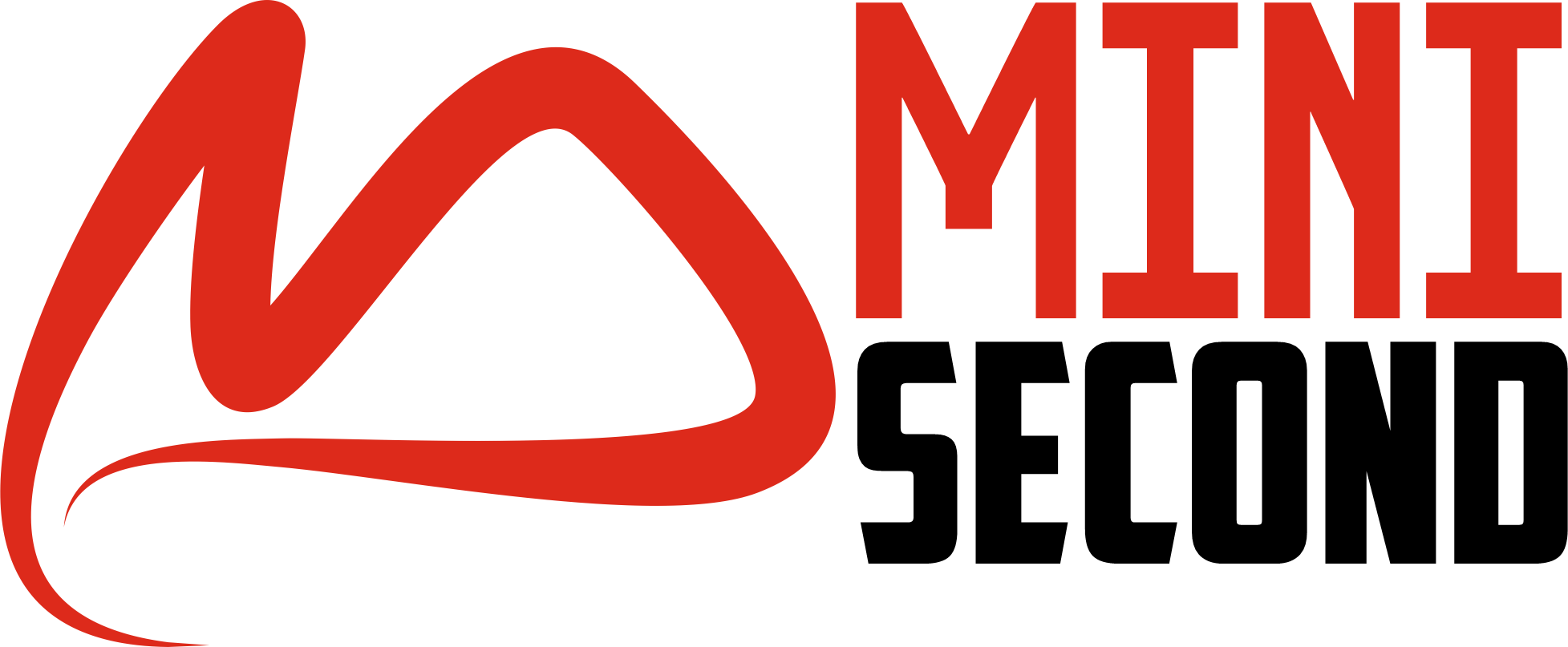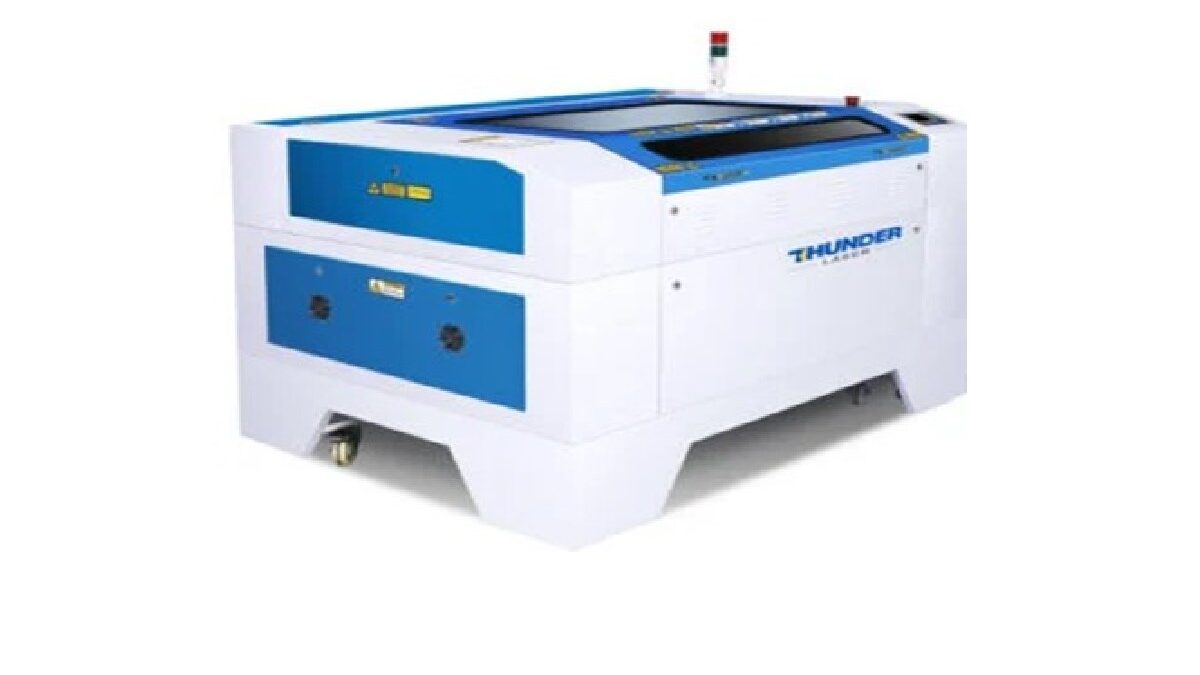Profitable Laser Cutting Venture
Many creative people enjoy making captivating objects with a laser cutting machine. Imagine if you could make this hobby into a profitable business. There is a growing demand for laser-cut products, including personalised chains, keyrings, earrings, awards, home decor, phone cases, and more. Laser-cut products are in high demand in industrial settings such as medicine, electronics, and automotive.
In order to create a successful business using a laser cutter, you must understand everything. This guide can help you learn all about the essential equipment like laser cutting machine, product pricing, strategy, and more.
Why Laser Cutting is a Great Business Opportunity
Laser cutting business can be a great opportunity as this allows you to service multiple industries. Having a diverse customer base ensures better revenue and reduces risk as a new business. The best part is that, compared to other manufacturing businesses that require massive production costs and equipment, this offers low-cost entry.
You only need one machine to create multiple products in various niches. Customers enjoy creating personalised items that make them capture unique meanings and memories. This way, individuals can reflect their preferences through keepsakes and daily-use products. You can cater to the needs of such an audience by targeting them and expanding your offerings.
Products like engraved coasters, keyholders, 3d interior designs, decor, and signage are very popular. Additionally, you can sell fashionable products like jewelery, wedding decorations, belts, accessories, and more.
Choosing the Right Laser Cutting Machine
Selecting the right laser cutter is important if you want to establish a successful business. This can depend on factors like material compatibility, bed size, application, wattage, and other features. There are three most common types of laser cutters, including CO2, fiber, and diode. These are as follows:
Diode
These are a type of solid-state laser that uses semiconductor generators for a beam of light. It is compatible with wood, silicone, stone, MDF, bamboo, leather, paper, rubber, silicone, coated glass, and stainless steel. Diode lasers are considered a budget-friendly option and can work with various materials. Their wavelength is 450 nm, making them suitable for carving organic and a few synthetic materials. These are beginner-friendly and suited for hobbyists.
CO2
These types of lasers use gas and convert it to produce a laser beam. The gas is sealed within a tube, and CO2 takes the highest proportion of these gases. Due to high precision and manufacturing capabilities, it works well with organic and non-organic materials. However, there may be higher upfront costs, and it has limited compatibility with metal.
Fiber
A fiber laser is a common choice for business owners due to its high performance, speed and versatility. These use a fiber optic cable that generates an intense beam for engraving depth on any metal. It does not work well with non-metals and offers deep marks with clarity. There may be a higher upfront cost for this laser. However, it offers maximum speed and the best power range of 20-100W.
Finding Your Niche & Market Research
Deciding on a niche is as important as selecting your machine. Many customers are often eager to buy trendy items that are popular in their region. You can sell niche items, including customised jewelry, personalised wedding gifts, birthday items, anniversary memoirs or industrial parts. To identify market gaps, you can make a list of your direct competitors.
Examine their product listings and see which ones are the best sellers. This can give you some small business ideas for your laser cutting machine. Also, read customer reviews and understand what is lacking in their product offerings. This way, you can understand strengths, weaknesses, and opportunities and accordingly price your products.
Setting Up Your Workspace
To start a laser cutting business, you must have a proper workspace. This workspace should be well secured, spacious and ventilated to avoid any accidents. If you have a small business, you can operate through a home-based workshop. However, for more flexible operation, you can rent a professional workspace, allowing your employees to work more professionally.
Working with a laser machine can be dangerous if you don’t have fire safety protocols. To avoid this, it is suggested to never keep your machine unattended. Additionally, have proper working stations and specific areas to manage additional tools, equipment and products. This can keep your workflow optimised and avoid a chaotic work environment.
Essential Equipment & Software
In order to safely operate your laser cutting machine, it is important to have all the essential equipment. These include an extraction system, a motion control system, an exhaust and cooling system and safety material. Additionally, you also need a proper, stable platform and gas system to aid in the cutting process.
While working with a laser, it’s important to practice caution, irrespective of your expertise. Always wear gloves, a protective mask, and non-inflammable and comfortable clothing. Moreover, using the best softwares that is compatible with multiple designs can help you minimise errors and produce good results. These include CAD, which includes CorelDRAW and Adobe Illustrator.
LightBurn is another popular software which is compatible with most models of a laser cutting machine. You can use this software to edit your graphics and ensure high resolution. It is important to use such softwares to convert an image that is compatible with your laser cutting business.
Creating Your First Products & Building a Portfolio
Do some research and check the design elements of your competitor’s product offerings. Try to make a list of what is missing and add your own unique brand element. Stay active on social media and approach some leads by offering free products in return for a positive review. Connecting with your audience is a good way to gather insights and data about likes and dislikes.
Create a few prototypes and ask beta consumers for their feedback. Once you know that the product has potential and can offer high sales, you can create it in bulk. For example, if your competitors are selling water bottles, you can enter a micro niche and sell personalised bottles with customer initials.
Pricing Your Products for Profitability
For a profitable laser cutting business, you must price your products strategically. If the prices are too high, your sales can drop, and if they’re too low, then you may experience a loss. While setting prices for your laser-cut products, you must consider the following factors:
- Material cost: Your prices must cover the complete cost of materials used in the products, including inks, base material, design and more.
- Machine Usage: Laser cutting machines require maintenance, so you must add a small price to handle these expenses. This additional price can help you cover wear and tear.
- Labour: The prices of your products must reflect your labour. Calculate the time you put into every design and charge accordingly.
- Market Rates: Compare the rates of similar products around your area and also check competitor pricing. You can add 20- 60% extra to this price as per your branding and marketing value.
Pricing strategy is very important for a successful laser cutting venture. It can help you cover operational costs and overhead expenses. There are a few strategies that you can use to stay competitive while serving your customers. To have healthy profit margins, you can use cost-based pricing, market-based pricing or value-based pricing. You can balance affordability with profitability using the following tips:
- Offer discounts and limited period offers on bundle orders or schemes like a free product on the purchase of three.
- To justify your prices, you can offer additional services like design prototypes.
- Start loyalty programs for your loyal customers by offering them better deals.
- Try to minimise production waste to reduce production costs.
- Use the latest laser-cutting technology to improve your productivity while reducing labour costs.
Where & How to Sell Your Laser Cut Products
It is important to choose the right platform to sell your laser-cut products. You can have a profitable laser engraving business if you target two or more platforms. Famous online platforms like Etsy, Shopify, and Amazon can help you establish a unique brand identity. Moreover, some of these platforms can reduce your efforts for customer service.
If you don’t want to sell on online platforms, you can try your local markets. Craft fairs, markets and business partnerships can also bring high profits. Target a few shops that have high sales and a wider customer reach to improve your chances.
B2B retail channels can help you manage logistics while offering sustainable profits. Research a few local wholesalers and approach them with your products. This can also help you cater to custom orders.
Marketing & Branding Your Business
Social media platforms like Facebook, Instagram and YouTube can help you build a brand presence. Influencer marketing and running paid ads can also help in getting an active consumer base. Start games and quizzes through your stories and posts to encourage audience interaction. Moreover, you must have an interactive website where your customers can find products through segments.
Leverage content marketing by publishing relevant blogs, video tutorials and behind-the-scenes. You can also showcase case studies of your past customers in the testimonial session. This way, you can stay on top of search results by including SEO strategies for local and global audiences. Most importantly, always share customer service information to ensure maximum satisfaction for your audience.
Scaling Your Business for Long-Term Success
Long-term business growth depends on the latest equipment and strong machines. If you are facing frequent downtimes, inconsistent cutting and low-quality products, it’s time to upgrade your machine. Once you are sure that you can handle more orders, you should enter new markets by expanding product lines.
If your brand is well-established and customers frequently buy your products, you can try outsourcing. This can help you manage your workload while cutting expenses like maintenance and labour. However, if you want to monitor each product, keeping the production in-house can also help.
Conclusion
Remember that anyone can start a profitable laser cutting business by selecting the right machine, niche, product and pricing strategy. All you need is a target audience and strong social media branding for your laser-cut products. Start a laser cutting business today by researching machines, testing creative ideas and launching your products. Explore the latest Max Laser’s range of laser cutting machines, known for high efficiency and updated features.

